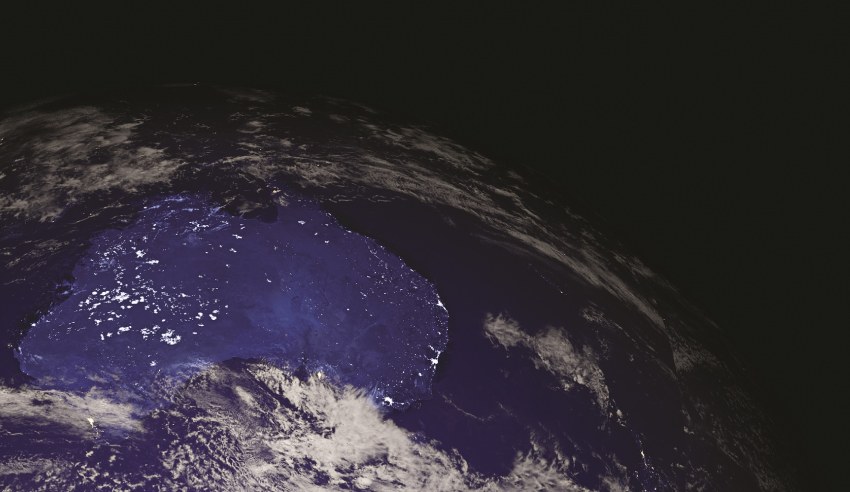
The federal government has unveiled a plan to create the world’s largest radio telescope in Western Australia, with a $387 million support package from the commonwealth.
Prime Minister Scott Morrison outlined that the Square Kilometer Array (SKA) system would help to make Australia a world leader in space science, providing an important tool for Australian astronomers to research the universe. It is expected that the project will create 350 during the construction phase with 230 ongoing jobs. Construction is hoped to begin from early 2022 and last for up to 10 years.
The package is also expected to support the creation of a super-computing centre in Perth, with an investment of $64.4 million earmarked for the project. The centre will be utilised to analyse the data from the radio telescope.
The Prime Minister outlined that the project forms part of the federal government’s National Economic Recovery Plan.
“This $387 million investment highlights that science and advanced manufacturing are at the heart of my government’s National Economic Recovery Plan from the COVID recession,” the PM said.
“Our investment in the construction and operations of the SKA will build our manufacturing capacity within the highly-skilled technology sector, and enable major scientific breakthroughs to be made right here in Western Australia.
“The SKA will help our scientists make more discoveries than we can imagine today. Whether it’s better understanding the origin and future of our stars and galaxies to how gravity works across the universe.
“The SKA means more jobs for Australia and it puts us in the driver’s seat for scientific discoveries.”
Minister for Industry, Science and Technology Christian Porter confirmed that investment in both the SKA and the super-computer will allow Australian scientists to undertake world leading space research.
“Modern manufacturing employs tradespeople, engineers and scientists, and is the core of an advanced economy,” Minister Porter said.
“In fact, several Australian companies have already developed and manufactured components for the telescope prototypes and precursor telescopes.
“This new investment will build on our $1.5 billion Modern Manufacturing Strategy and be a significant boost to the space sector, which is one of the strategy’s six priority sectors. It will strengthen our efforts to develop cutting-edge industries with a global reach.
“As well as creating hundreds of local jobs, our economic modelling indicates the project will attract an estimated $1.8 billion in foreign income flows into Australia as a result of the SKA’s first 30 years of operations.
“I am very pleased that the development of the SKA in my home state will also benefit local communities. Our funding includes the provision of fibre-optic connectivity to communities near the SKA, which is at CSIRO’s Murchison Radioastronomy Observatory.
“This high-speed connection will support local economic development while reducing radio interference around the telescope.”
The Prime Minister’s Office confirmed that the project is part of a 16-member nation collaboration, which includes: Australia, Canada, China, France, Germany, India, Italy, Japan, Korea, the Netherlands, Portugal, South Africa, Spain, Sweden, Switzerland and the UK.
The Western Australia based satellite will be the low-frequency portion of the system, with the high frequency system to be located in South Africa.
[Related: EOS unveils new space debris threat mitigation laser]

Liam Garman
Liam began his career as a speechwriter at New South Wales Parliament before working for world-leading campaigns and research agencies in Sydney and Auckland. Throughout his career, Liam has managed and executed a range of international media and communications campaigns spanning politics, business, industrial relations and infrastructure. He’s since shifted his attention to researching and writing extensively on geopolitics and defence, specifically in North Africa, the Middle East and Asia. He holds a Bachelor of Commerce from the University of Sydney and is undertaking a Masters in Strategy and Security from UNSW Canberra.
Receive the latest developments and updates on Australia’s space industry direct to your inbox. Subscribe today to Space Connect here.













Comments (0)